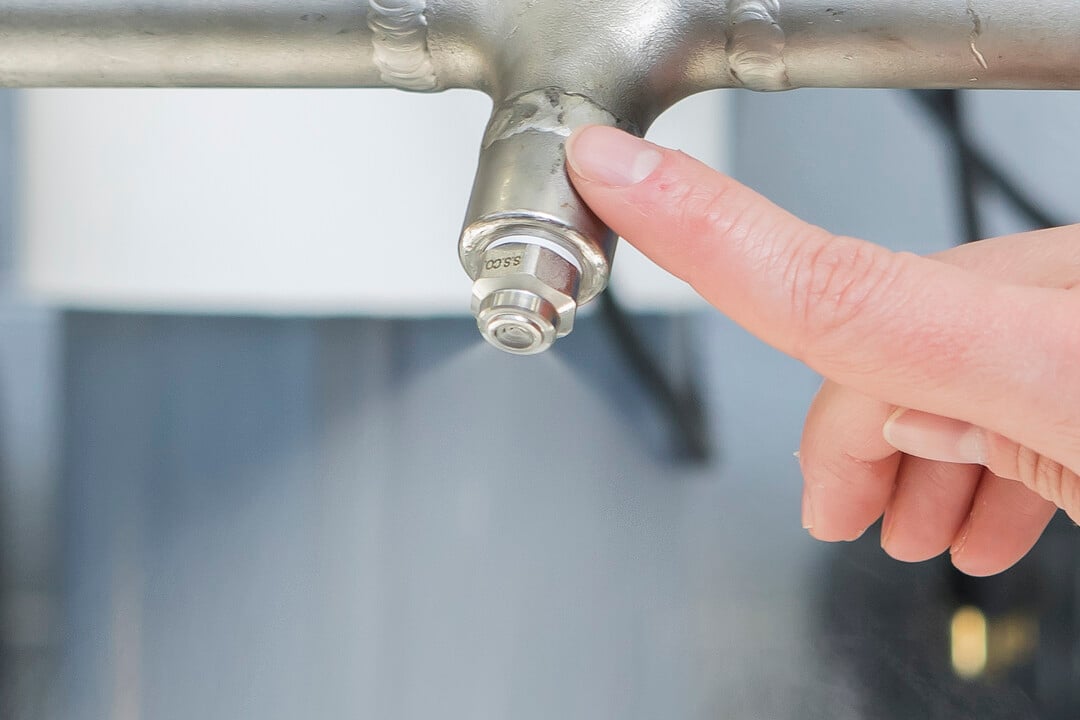Heading back to our astronomy and microbiology days, we understand the telescope provides an overview of the big picture while the microscope amplifies important details. Similarly, in a spray application, it is important to understand the big picture while simultaneously being keenly aware of the important details (telescope vs. microscope).
- Keep Optimizing at the Forefront – We must use the telescope to find the larger process we wish to optimize, and then zoom in with the microscope to adjust and improve. While a spray may seem inconsequential, the more we zoom in, the more we understand there are costly implications for even the smallest spray application – down to the last drop. And the more we take these small considerations into account, the clearer the greater process becomes.
- Ask Technical Questions – For example, if our customer’s goal is to coat the inside of a pipe with a rust inhibitor, it’s easy to assume we simply look at the pipe to see if it’s coated. However, what happens to the nozzle over time? Or, if the pipe is moving, will speed affect the coating? We must also consider the spray’s drop size. Are the drops so small that they don’t adequately coat the pipe? Or so large that they waste liquid chemicals?
- Get to the Customer’s Goal – Then, we must consider what happens to the operation over time. The spray nozzle will wear, and we must identify the exact moment efficiency and economics intersect. We also must gain an appreciation for what our customer’s goal truly is. If the rust inhibitor is essential to preventing corrosion, then the goal may really be avoiding costly repairs and potential loss of life. These questions and their answers are the customer’s goal, and, therefore, our goal. The ability to zoom in and zoom out helps encourage us to assess the customer’s thinking and gauge the relative importance of the task at hand.
- Use Relevant Tools – To help us quickly and accurately use the telescope and microscope perspective, we now have a powerful spray visualization tool to assess the overall health of a spray. On the surface, it may appear the SprayScan mPT is analogous to a microscope, but it can also inform other aspects of the bigger operation, like the telescope.
- Be Forward Thinking – For example, using Machine Learning we can discern what a “healthy” spray looks like and begin to gain awareness for the primary, secondary, and tertiary effects of spray performance over time. Management may be able to use such insights to mitigate quality control challenges or perhaps even establish tighter parameters that competitors will not be able to match without such insights and tools.
What gets measured, improves and we can now characterize sprays while in operation, which yields competitive advantages not yet leveraged in the marketplace.
If you’d like to discuss the topic more in depth please contact us or connect with me directly via LinkedIn.


